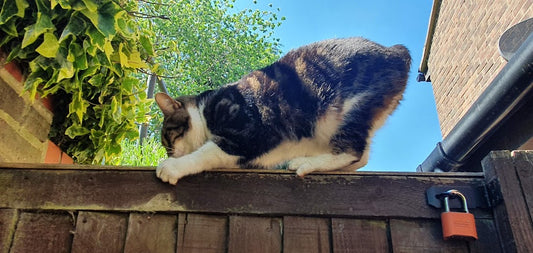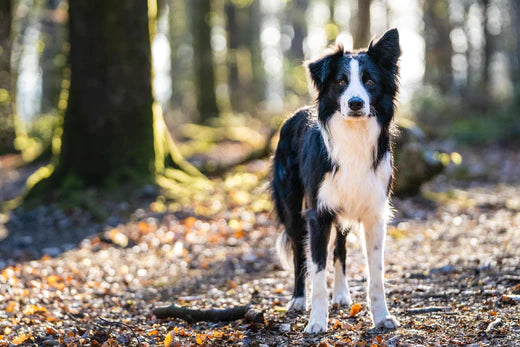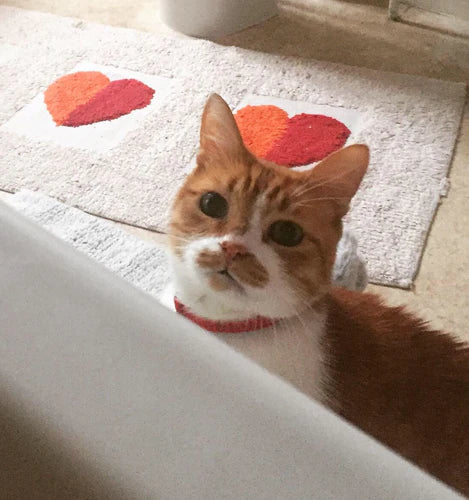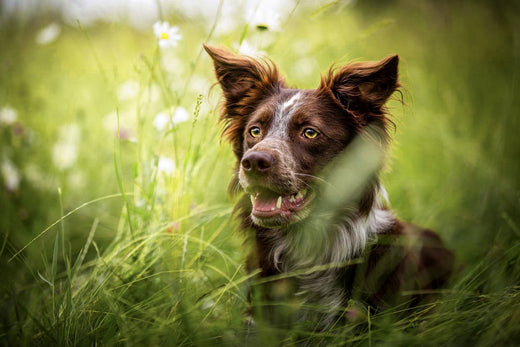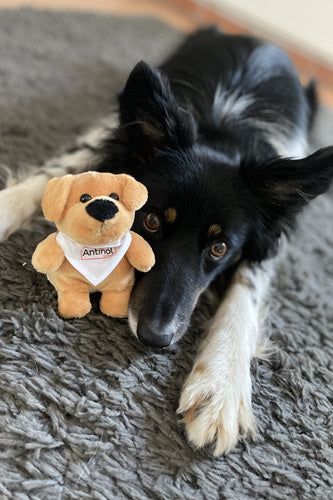Sometimes, the changes that come with ageing in our cats are so subtle that we dont notice them, until all of a sudden, one day, they’re hobbling about and looking grey. In our heads, our beautiful companions are forever young.
But have you noticed your feline friend slowing down? Perhaps they’re not quite as agile on their feet as they were. Joint stiffness in cats often comes on slowly, and it’s hard to spot, but here’s the lowdown on why you need to be a pet detective for your cat to keep them on the move.
How common is joint stiffness in cats?
There have been a variety of studies looking at joint health in cats, and unfortunately, they struggle a lot more often than you might think.
In one study, 82% of cats over 14 had signs of joint stiffness in at least one joint. And even when looking at younger cats, 61% of cats over 6 were also showing signs.
Another study showed that 90% of cats over 12 had joint stiffness, but only 4% of their owners had noticed and reported it to their vet. Eek!
Why is it hard to when your cat is slowing down?
Cats are the masters of disguise. In the wild, it’s safer to hide when they’re struggling is safer than showing outward signs. They’re more likely to be attacked if they look vulnerable, either by predators or even other members of their pride looking to take their place.
Our feline friends at home are the same. They’ll naturally hide their stiffness, rather than show it off. Great for them, they won’t be eaten by a lion today…not so good for us when we’re trying to keep them as healthy as possible.
How does early detection of joint stiffness help?
Detecting joint stiffness early gives you a headstart. It means your vet can get to work helping you keep your cat comfortable for years to come. Vets use multiple approaches to support joint health, so they may offer you a combination of options. The earlier you can kick off this support, the better.
What are the signs of joint stiffness in cats?
The signs can be subtle. You might notice a slight behaviour change, like staying on the floor and shouting at you while you prepare their food, rather than getting in the way up on the worktop.
Here are a few signs to look out for:
- Decreased activity
- Reluctance or hesitation in jumping
- Grumpy and irritable,
- Missing the litter tray or having accidents
- More vocal (or less depending on their usual character)
- Coat looking scruffy or overgrooming around joints.
If you notice any of these signs or spot other changes in your cat’s usual behaviour, talk to your vet about your concerns. They can help develop a long-term plan to support your cat.
Spotting the signs of joint stiffness early is vital to the long-term comfort of your feline friend. You want to keep them prowling, purring and pouncing for all of their 9 lives. So supporting their joint health early will give you as many years of fun together as possible.

